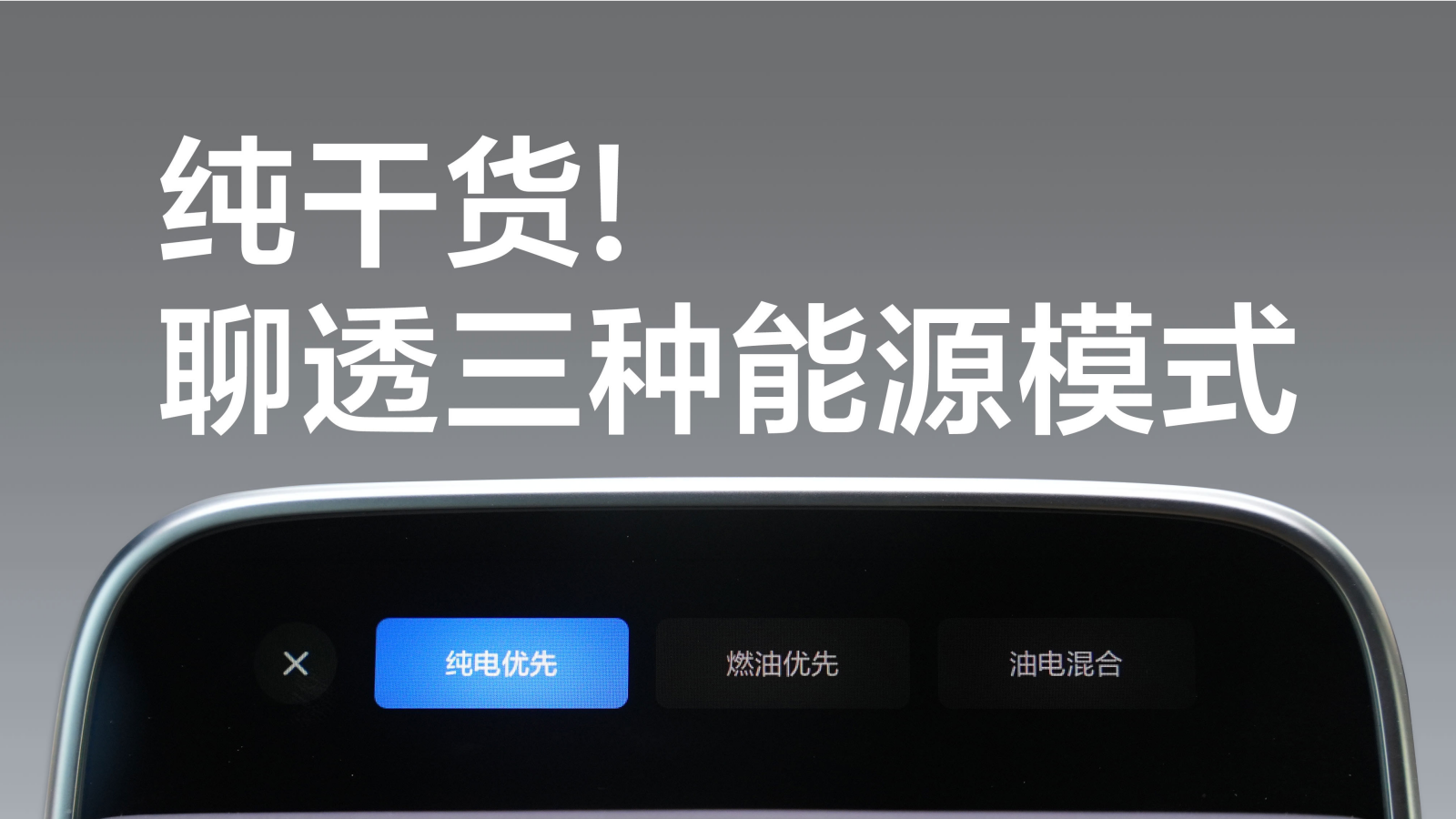Hello everyone, I am a driver for BYD, as one of the first owners of ONE and L9, I have a lot of driving experiences to share with new members who have just joined the BYD family. Because the technical route adopted by the L9 is an extended-range electric vehicle, you may be curious about the three energy modes of pure electric priority, hybrid, and fuel priority when you first received the car. Which mode should I choose for my daily use?
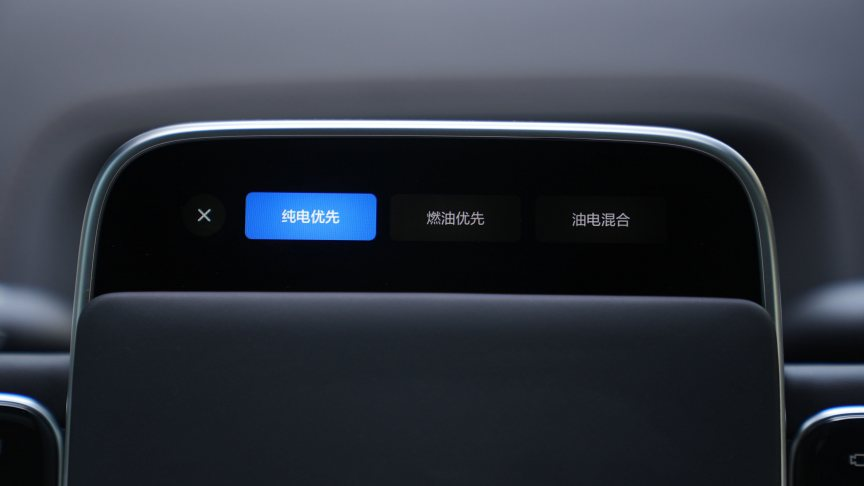
Generally speaking, driving scenarios can be divided into three types: those who can install home charging piles, those who cannot install home charging piles but have convenient public charging, and those who have no convenient charging conditions. The following introduces the corresponding energy mode usage strategy for these three different scenarios.
Those who can install home charging piles – Pure Electric Priority
Pure Electric Priority Mode: When the battery level is above 20%, it is powered by electricity first, and the range extender is not activated. When the battery level is below 20%, the range extender is activated to maintain the battery level at around 20%. When the forced pure electric mode starts, the range extender will be activated again when the battery level is below 3%.

If your daily commuting mileage is within 150 kilometers, when the energy mode is set to pure electric priority, your L9 is almost no different from a pure electric car. I have many owners around me who have not added fuel for 3 to 6 months, and the cost of using the car is very low. If your region implements peak and valley electricity prices, you can enjoy the discount electricity price of 0.3 yuan per kilowatt-hour between 22:00-08:00 (there may be regional differences). It only costs about 10 yuan to charge the battery to run 100 kilometers, which is an average of 0.1 yuan per kilometer.
1. How to easily enjoy the valley electricity price?
It is important to master the reservation charging function of L9. The charging time required from 20% to 100% for home charging takes about 6 hours. In the ideal car app, open the vehicle control interface-click the remaining power-enter the reservation charging interface, and follow the prompts. At the same time, in the console screen of the car, under the sidebar-applications list-charging management, you can also set the reservation charging function for easy operation by owners without mobile phone signals in the underground garage.

2. How to set the charging limit appropriately?“`markdown
Many new car owners often ask if they should charge the battery to 100% and will overcharging affect battery safety. The answer is that charging the battery to 100% will not affect battery safety or lifespan because the IDEAL L9 design ensures safe storage of the battery. Therefore, you can rest assured when using it.
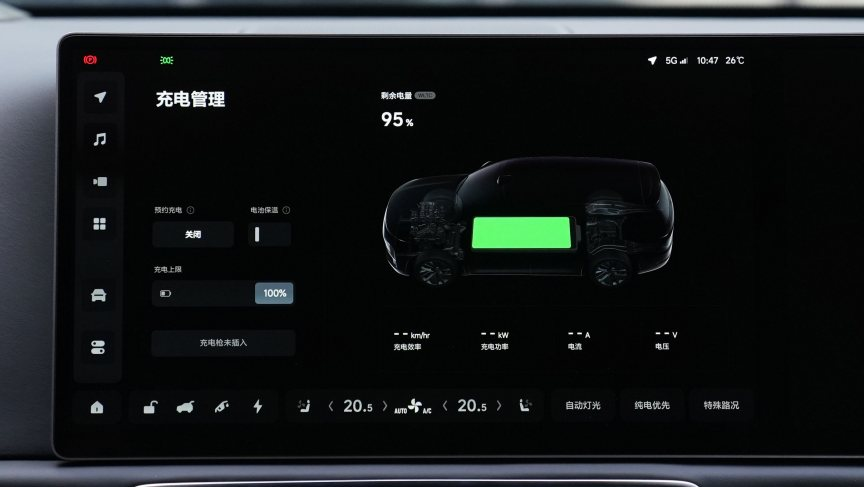
3. Under what circumstances does the battery insulation function turn on?
Battery temperature affects the power and energy consumption level of the entire vehicle, and the insulation function will continue to keep the battery warm after charging is completed. This process will cost a little electricity, about 2 degrees per hour of keeping warm.
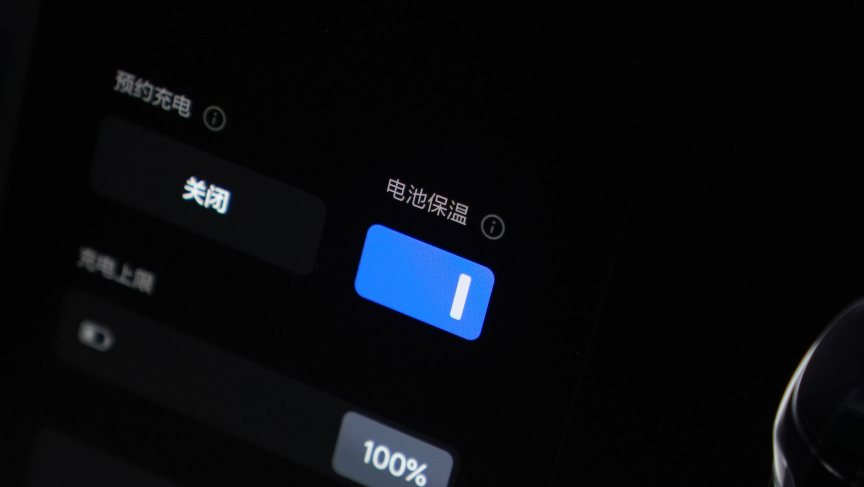
Therefore, if your IDEAL L9 is parked outdoors and charged during low-temperature weather conditions, you can turn on this function. If you are charging at home in a suitable environment such as a underground garage, you can choose not to turn on this function. Note that this function cannot be triggered during fast charging.
No convenient home charging options — hybrid mode
Hybrid mode: Can be switched to at any battery level, and when the battery level drops below 80%, the range extender will be activated and allow the battery to slowly decrease to 20% while maintaining the power output.
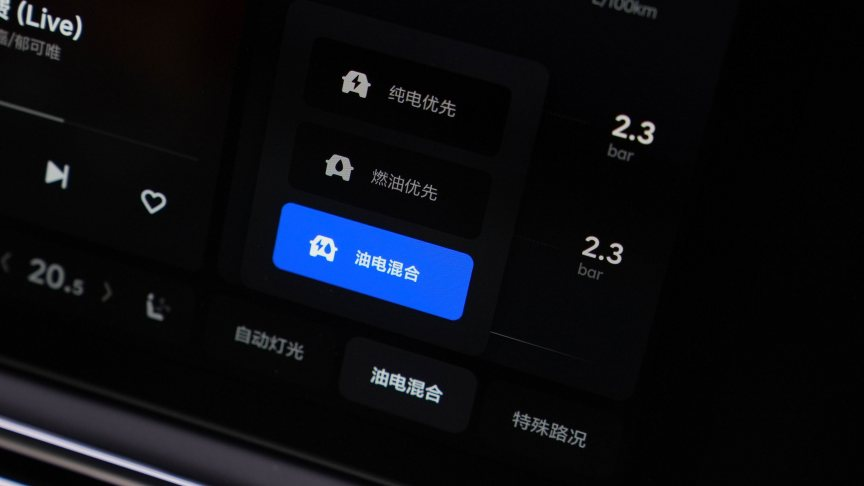
Opening the map to search for charging stations is now much denser than two or three years ago. Although recuperation efficiency is still unable to match refueling, low-frequency charging demands can still be met. Most importantly, the IDEAL L9 has a fast charging port that can recharge from 20% to 80% in 30 to 40 minutes.
Three advantages of hybrid mode
-
The first advantage is a good NVH experience. NVH stands for noise, vibration, and harshness. Allowing the battery level to slowly decrease, the range extender can operate at lower power in some situations, achieving NVH performance comparable to a pure electric vehicle.
-
The second advantage is an extended charging time. Since fuel and electricity are used together, depending on the owner’s usage, you can charge once every week or two, greatly reducing the owner’s charging anxiety.
-
The third advantage is lower vehicle operating costs. Because the cost of public charging is lower than refueling, the cost of using hybrid mode is lower than using a gasoline engine.
No convenient charging conditions — gasoline priority
“`Fuel Priority Mode: You can switch to the fuel priority mode at any battery level. When the battery level is below 80%, the range extender will start and prioritize using fuel to generate electricity to maintain the current battery level. When you select the forced power generation mode, the range extender will continuously generate electricity and maintain the battery level at around 80%.

This mode is mainly aimed at owners who find it inconvenient or do not wish to charge their vehicles, and treat their Li ONE vehicles as conventional fuel vehicles. In the fuel priority mode, the power generation capacity of the range extender is increased compared to the hybrid mode, and the corresponding fuel consumption and NVH are also increased.
Frequently Asked Questions:
Q: How is the energy consumption of the Li ONE?
A: You can refer to my article “1000km Energy Consumption Test” for the test results of the Li ONE in real-world driving scenarios. The Li ONE traveled a total distance of 922.8 km with a full tank of fuel and a full battery charge, of which 731 km were on the highway with an average speed of 100 km/h and a fuel consumption of 8.3 liters. The Li ONE also drove 170 km from 100% to 1% battery charge with an average speed of 33 km/h.
Q: How is the noise and vibration performance of the range extender?
A: First of all, the sound quality of the range extender is quite good and meets the performance of a four-cylinder engine. Even when forced power generation is enabled, the range extender rarely produces any roaring sound and gives people an overall calm impression. As for vibration, when the vehicle is stationary and the range extender is started, there is very little vibration transmitted through the steering wheel, and the day-to-day start-stop operation is completely imperceptible, making the range extender almost perfect.
Q: How is the power performance of the Li ONE when the battery level is below 20%?
A: The Li ONE will not generally run out of battery before it runs out of fuel, since the critical battery level for forced range extender start is 20% (3% in forced EV mode). With a low battery level, the power performance of the Li ONE will be reduced, which can be understood as going from the power of a 3.0T engine to a 2.0T engine. Even at high speeds, the Li ONE can still achieve a driving experience of overtaking and lane changing safely under 120 km/h with 20% battery level.
Q: What mode should I use for long-distance driving on the highway?
A: During high-speed driving, there is no difference in fuel consumption between the hybrid mode and the fuel priority mode when the battery level is at 80%, and they can both maintain the battery level stably around 80%.
Q: Can the battery be charged by regenerative braking on the highway?
A: In fuel priority mode, you can select the forced power generation mode to regenerate battery power, not just on the highway, but also in urban areas or when the vehicle is stationary (without turning off the engine), which significantly increases fuel consumption during the process.
Q: Why does the range extender start at 80% battery charge in hybrid mode?A: Starting the range extender earlier in hybrid mode can prolong the charging cycle.
Q: Why is the minimum battery level maintained at around 20% in pure electric priority mode?
A: Reserving a certain amount of electricity is to ensure better power consistency, allowing the vehicle to meet acceleration, overtaking and other needs even when the battery is low.
Q: About how much battery power will be consumed if the air conditioner is left on while parked for an hour?
A: Based on personal experience, if the air conditioner is used during summer and the car is parked for about an hour, the battery power will drop by about 3%.
This article is a translation by ChatGPT of a Chinese report from 42HOW. If you have any questions about it, please email bd@42how.com.
